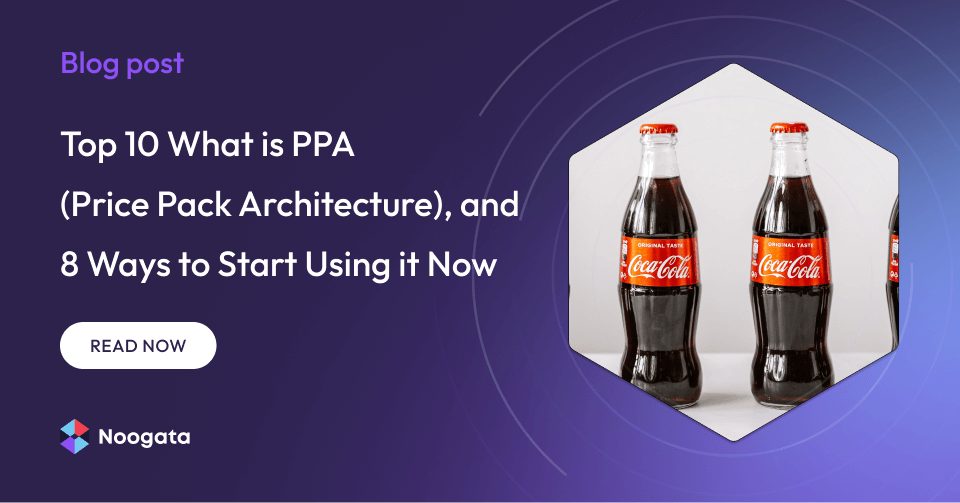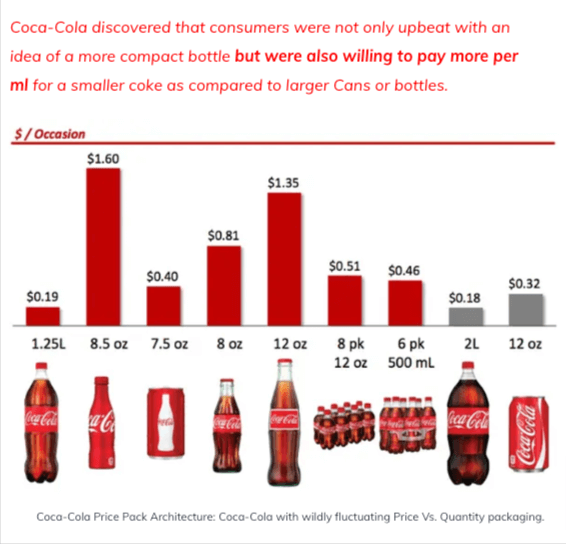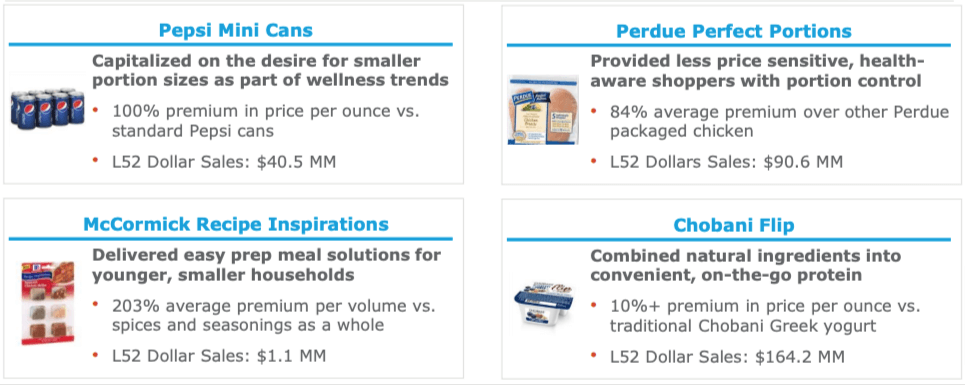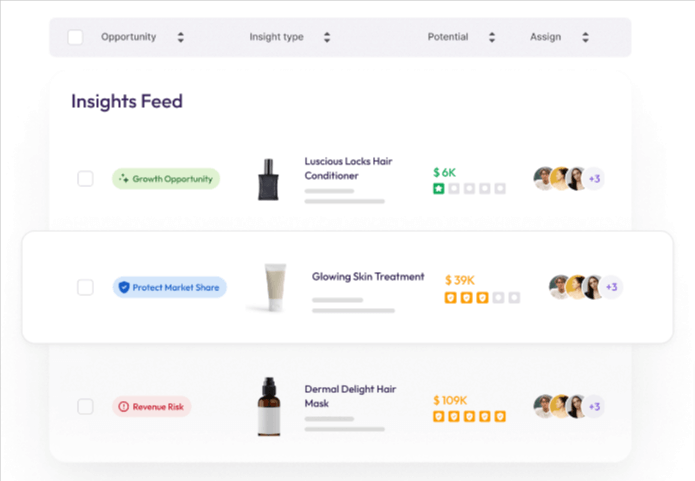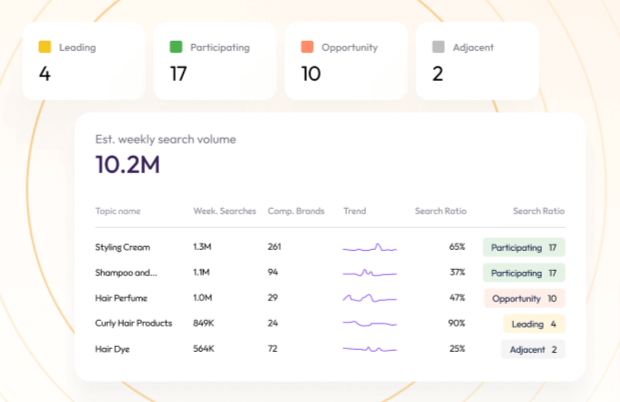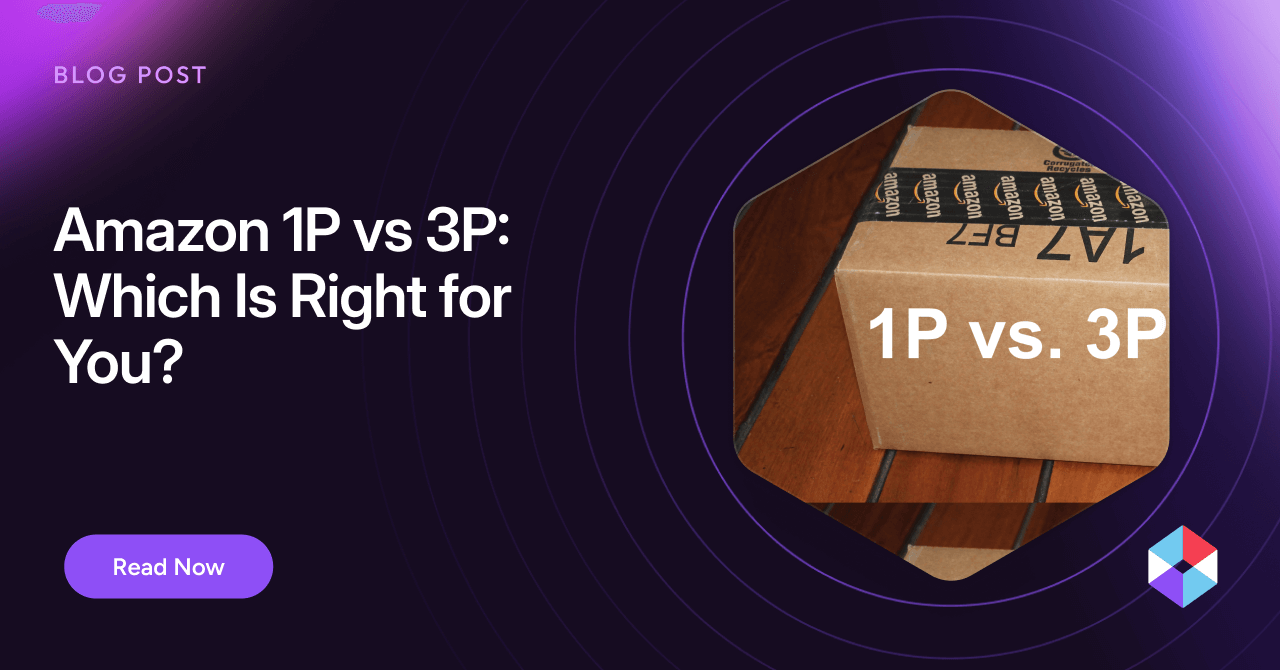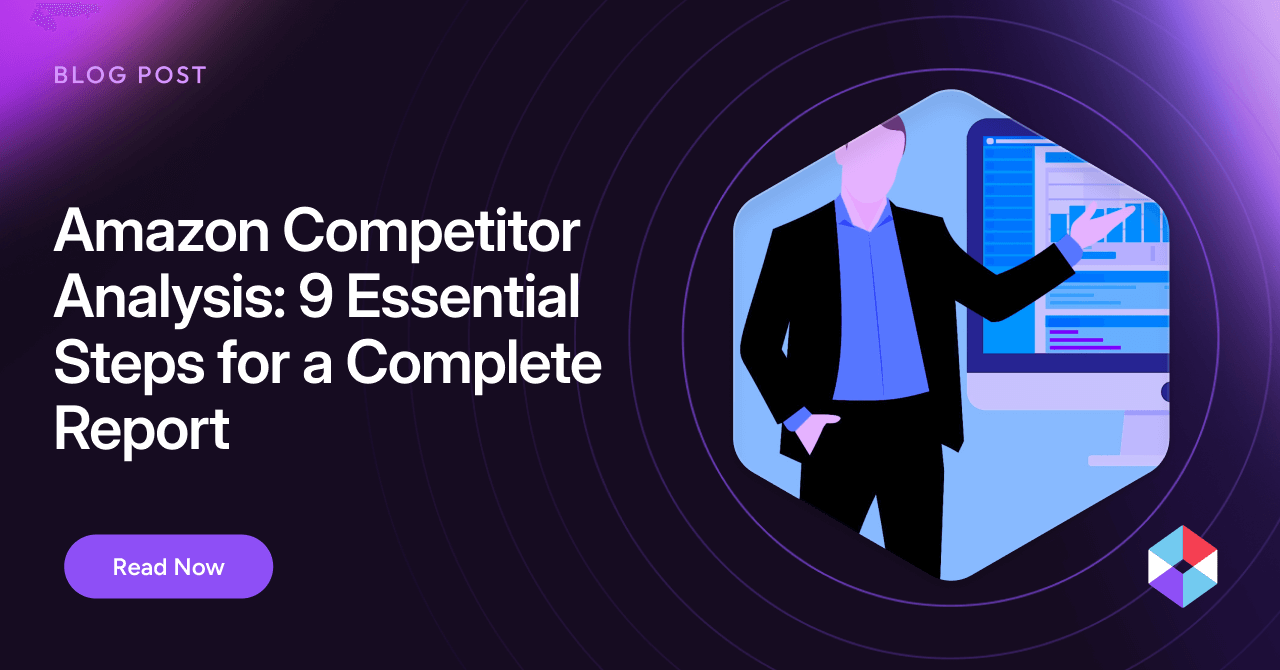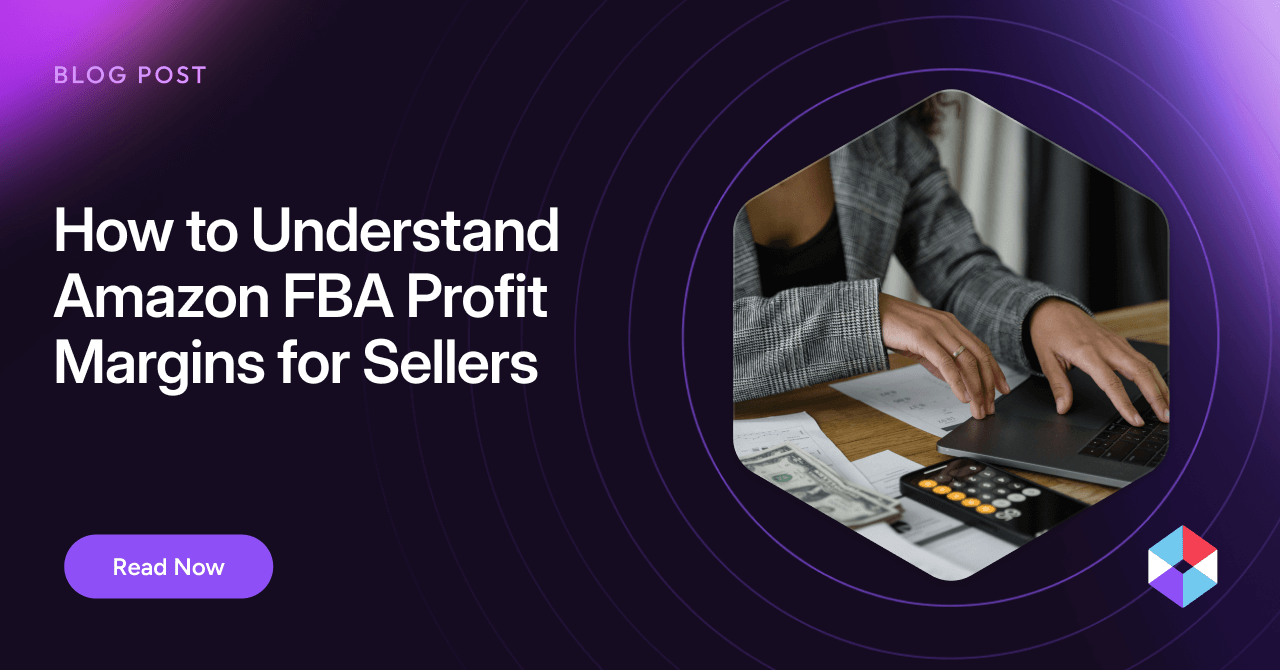In the bustling realm of eCommerce, CPG brands frequently grapple with challenges such as suboptimal pricing strategies. These brands often face difficulty effectively tiering their extensive product range, leading to missed sales opportunities and customer confusion.
A 2022 survey of CPG retailers found that 36% feel price points are “much more important” in current times. With an estimated 2.64 billion consumers making an online purchase in 2023, the right pricing strategy is more important than ever.
Enter Price Pack Architecture (PPA), a strategic beacon in these tumultuous waters. PPA not only addresses these pricing dilemmas but also streamlines product presentation. In this post, we will unravel the essence of PPA, dive into its significance for CPG brands, discuss its benefits, and provide actionable steps to start using it now.
What is PPA (Price Pack Architecture), and why is it important?
Price Pack Architecture, commonly called PPA, is a strategic framework that Consumer Packaged Goods (CPG) brands use to structure and optimize their product offerings based on pricing, packaging, and volume. It’s a crucial method for determining how products within a portfolio can be grouped, priced, and promoted to best capture different consumer segments and maximize revenue.
For CPG brands, PPA plays a pivotal role in two key areas:
- Pricing Optimization and Product Tiering: Properly implemented PPA ensures that products are priced in a manner that resonates with their target market, ensuring that premium products aren’t undervalued and that value offerings are competitive. It also helps brands establish clear product hierarchies, making it easier for consumers to understand and choose between different tiers.
- Impact on Consumer Behavior and Product Perception: How products are priced and packaged can heavily influence consumers’ perception of quality, value, and desirability. An effective PPA can lead to increased consumer trust, brand loyalty, and, ultimately, repeat purchases.
An example of PPA’s application can be seen in Coca-Cola’s strategy to counteract falling soft drink sales in the early years of the decade. Through PPA, it was revealed that customers were fond of smaller packaging options, such as 7.5-oz. mini cans and 8-oz. glass bottles. Interestingly, they were even ready to pay a higher price per ounce for these smaller servings compared to the regular 12-oz. cans or bigger bottles.
By aligning product offerings with consumer expectations through PPA, brands can address the challenges of suboptimal pricing strategies and the inability to effectively tier products. When executed correctly, PPA is a robust tool, allowing CPG brands to navigate the complexities of the eCommerce landscape while driving sales and brand loyalty.
Benefits of Price Pack Architecture
One of the main objectives of any eCommerce team, especially for CPG brands selling at high volume across multiple channels, is to ensure their product pricing and packaging strategies are both profitable and compelling to their customers. PPA offers a suite of benefits that address these objectives:
- Increased Revenue – In various CPG sectors, both manufacturers and their retailers have increased their revenues by 1-2% and enhanced their profit margins by up to 10% using PPA. By implementing a more strategic and analytical approach to pricing through PPA, brands can identify the sweet spots where consumers see value. This leads to more effective pricing, where each product is priced in its optimal range, resulting in potential boosts in revenue. For C-Suite professionals, understanding and leveraging these insights can significantly influence the bottom line.
- Improved Customer Satisfaction – Price is a significant factor in consumer satisfaction. By utilizing PPA to establish appropriate pricing tiers and product packages, brands can better cater to their audience’s diverse needs and budgets. This alignment between consumer expectations and product offerings can lead to enhanced customer experiences, driving loyalty and repeat purchases.
- Optimized Product Portfolio – PPA offers a structured approach for channel or marketplace managers juggling a vast product portfolio. It allows for better management of product offerings, ensuring that each product or package aligns with specific market needs and demands, streamlining decisions about which products to promote or retire.
- Competitive Advantage – Having a strategic PPA in place provides CPG brands with a distinct advantage over the competition. It ensures they’re not just reacting to market trends, but setting them, differentiating themselves from competitors, and carving out a unique market space.
For those aiming to navigate the intricate waters of eCommerce, especially at a large scale, understanding and leveraging PPA is not just beneficial—it’s essential.
8 Ways to Start Using Price Pack Architecture Now
Here’s how you can leverage the power of PPA:
1. Understand Your Customer Base
Every successful PPA begins with a profound comprehension of the customer. By diving deep into demographic and behavioral data, you can discern preferences, spending habits, and buying triggers. Noogata’s robust data analytics further enhance this analysis, allowing C-Suite professionals and channel managers to pinpoint their products’ position in comparison to competitors. This knowledge forms the foundation of an effective PPA, guiding the tailoring of product offerings and price points to seamlessly match demand.
2. Identify Your Product Offerings
Begin by categorizing products based on relevance, demand, and profitability, distinguishing which are premium, essential, or luxury. This clarity is instrumental when determining price points and packaging options. As you fine-tune these categories for PPA, leverage Noogata’s insights to uncover market gaps and opportunities on the digital shelf. This empowers brands to define packages and prices that resonate with real-world demand and carve a distinctive presence in the market.
3. Create a Price Pack Matrix
Construct a matrix that maps product categories against price points. This visualization helps identify product offerings’ gaps, overlaps, or opportunities. Using tools like the Noogata platform can facilitate this process, allowing for dynamic adjustments based on real-time data.
4. Dynamic Pricing in PPA Strategies
Adopting dynamic pricing is crucial to adapt to fluctuating prices in eCommerce marketplaces. This approach adjusts prices in response to variables such as demand, competitor pricing, and other market factors. By integrating a dynamic PPA, you empower your pricing and packaging to adapt in real-time, ensuring maximum profitability and market share. Utilize Noogata’s real-time data analysis capabilities to seamlessly implement and refine your dynamic PPA, granting you a significant edge by swiftly adjusting to immediate market shifts and staying ahead of competitors.
5. Analyze and Adjust Your PPA Strategy
To maintain the effectiveness of your PPA, it’s crucial to consistently delve into analytics. Platforms like Noogata offer sophisticated tools that present a comprehensive view, including trend analysis and competitive intelligence. Combined with tracking metrics such as sales volume, customer feedback, and conversion rates, brands can seamlessly fine-tune their strategy. Leveraging the rich insights Noogata provides ensures your strategic approach remains agile, always aligning with evolving market trends and consumer behavior.
6. Implement Your PPA Strategy
Once your strategy is refined, it’s time to roll it out across all your channels. As you set your PPA strategy in motion, monitoring its performance diligently is imperative. Ensure there’s cross-channel harmony by maintaining a synchronized foundational PPA across different platforms, yet also empower channel/marketplace managers with the tools and insights to make specific tweaks and adapt the strategy to changing market dynamics.
7. Seasonal Adjustments
For CPG brands, the effectiveness of certain price packs can fluctuate based on seasons or specific times of the year, especially for products suitable for gifting or those with peak seasonal demand. By leveraging Noogata’s real-time trendspotting capabilities, you can implement dynamic PPA strategies that adjust swiftly to these shifts. This not only ensures you capitalize on timely market opportunities but also keeps you a step ahead of competitors by swiftly responding to immediate market changes.
8. Cross-Channel Consistency in PPA Strategies
It’s vital to maintain PPA consistency across various eCommerce platforms for optimal impact. While it’s beneficial to introduce minor tweaks catering to each platform’s unique audience—such as slight variations between your Amazon PPA and your direct-to-consumer site—the core strategy must remain harmonized. Cross-channel data analysis ensures this foundational consistency while also making data-driven, platform-specific adjustments.
Price Pack Architecture is Better with Noogata
For CPG brands to outperform the competition while catering to a diverse, ever-evolving audience, having an effective pricing strategy isn’t just desirable—it’s crucial. Price Pack Architecture addresses inherent challenges tied to suboptimal pricing and product tiering. Through PPA, brands stand to enjoy increased revenue, optimized product portfolios, enhanced customer satisfaction, and an undeniable competitive edge.
While understanding and implementing PPA is pivotal, the journey becomes more intuitive and actionable with the right tools in hand. With its AI-powered analytical capabilities, Noogata revolutionizes how CPG brands deploy PPA. Instead of navigating the vast sea of eCommerce blindfolded, brands equipped with Noogata’s insights and the strategic use of PPA find themselves steering the ship confidently, ushering in transformative growth.
Ready to witness the combined prowess of PPA and Noogata? Try a free demo of Noogata today and embark on a journey towards eCommerce success.
